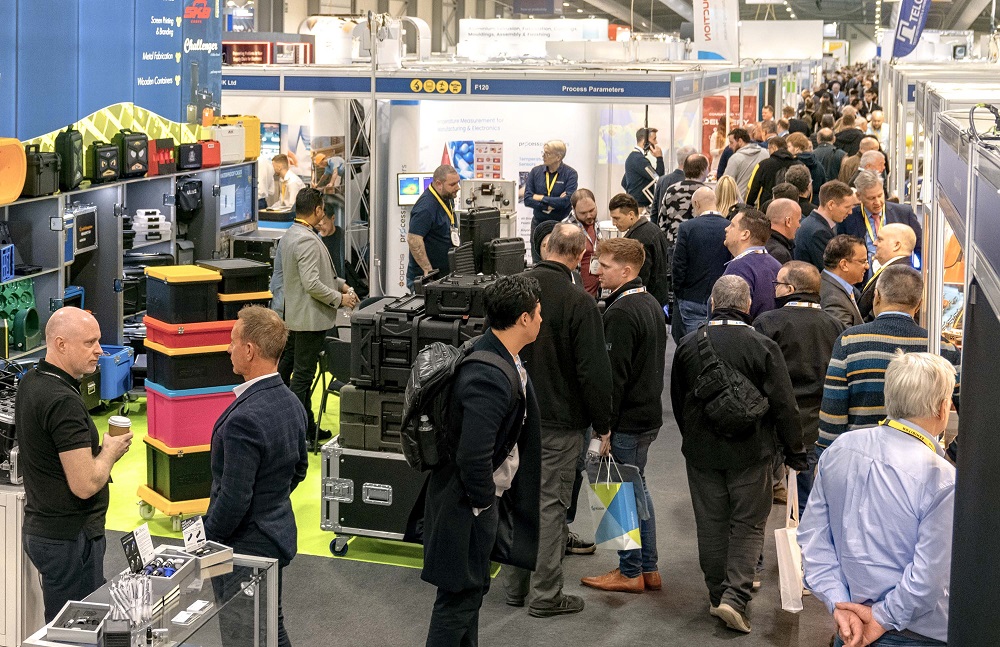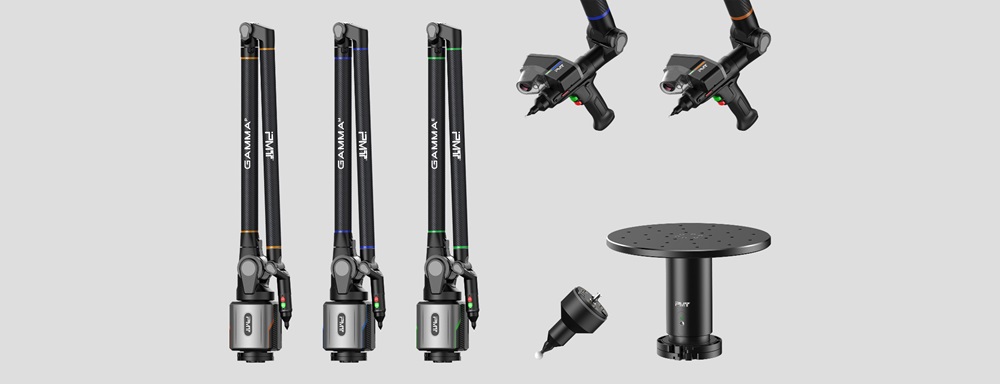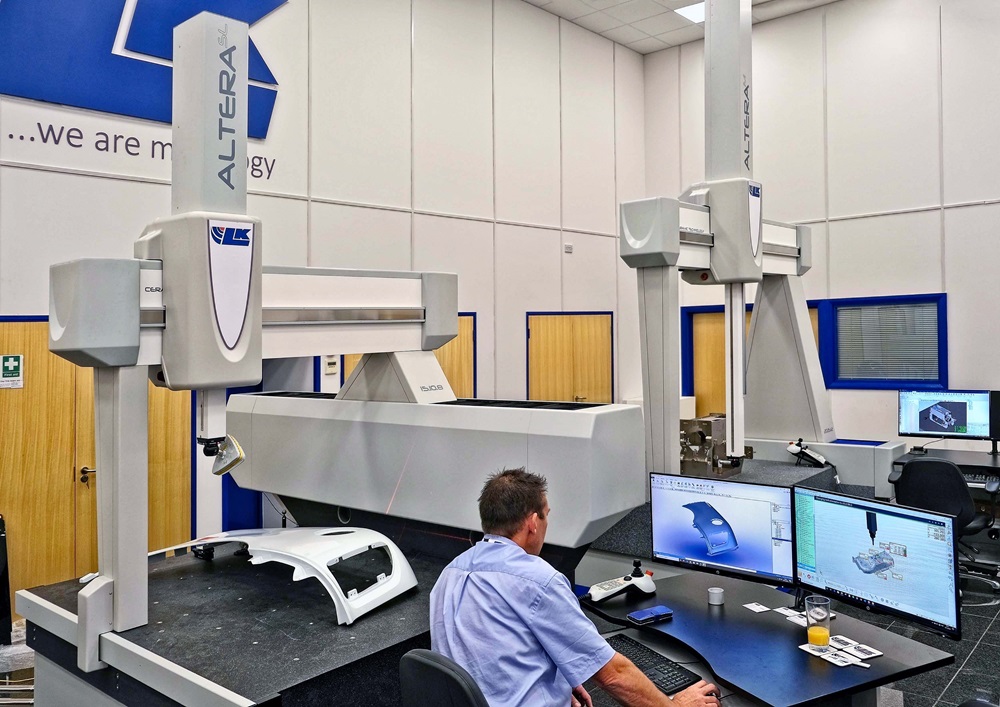There is much anticipation in the manufacturing community in advance of the imminent
Southern Manufacturing & Electronics 2025 trade fair, which will open its doors on 4-6
February 2025 at the Farnborough International Exhibition & Conference Centre. Cutting-
edge technology from across the mechanical engineering and electrical/electronic spectrum
in approximately equal measure awaits visitors from the UK, Ireland, mainland Europe and
further afield. If previous years are anything to go, footfall will be well in excess of 9000.
With more than 500 stands booked for the first time, the show is a sell-out again. The new
event owner, Easyfairs, is keen to point out that the larger number of exhibitors will create
an even more dynamic and informative environment for visitors, allowing them to explore a
greater variety of products, services and technologies relevant to their industry, and to
compare additional options in search of the best solutions. Extra participants also means
more potential connections with industry professionals and suppliers, maybe sparking new,
creative ideas and leading to valuable business partnerships and networking opportunities.
Generally considered to be the largest and most comprehensive annual industrial exposition
in the UK, Southern Manufacturing moved to its present location in 2008 and was the first
to be held in the new, world-class Farnborough centre when it was built a decade later.
Since its inauguration in 1997, the event has grown from a small gathering of engineering
firms in the south of England into one of international significance.
Today, the show is important enough to attract big-name manufacturers, but is also freely
accessible to SMEs and smaller vendors due to the organiser’s open access policy that
discourages larger firms from dominating the space. Testament to its effectiveness as a
place to do business, or simply to research what is currently available, is the high rate of
repeat bookings. Many participants are regular returnees and some have been with the
show since it started.
A truly international cross section of machine tool companies will be there to vaunt their
latest production platforms and software. Ajax Machine Tools, for instance, will offer
everything from manual mills and lathes to high-speed machining centres and multi-axis,
twin-spindle, driven-tool lathes, as well as surface, cylindrical and bench grinding machines
plus bench, pillar and radial drills.
Colchester Machine Tool Solutions is set to demonstrate the compact Storm VL-550 vertical
machining centre (VMC) with linear guideways and the Tornado SL25 MSY CNC lathe with
sub-spindle and Y-axis turret movement, as well as the Lightning Class 1 permanent laser
marker and Pratt Burnerd manual and power chucks.
Haas Automation will shine its spotlight a UMC-500 five-axis VMC equipped with a robotic
pallet loader for high-mix, low-volume production, and another 40-taper machine, the Super
Mini Mill. The Super Mini Mill is suitable for schools and start-ups as a first step into CNC
machining, or for shops needing a second-op machine or an additional spindle where space
is limited.
Hurco will use the event to stress the ability of its machines to produce one-offs and small
batches efficiently and precisely, thanks in part to its proprietary Max 5 control. Solid Model
Import is a recent innovation that allows conversational programs to be created directly
from an STP file.
On the Matsuura stand will be the new MX-520 PC4, a five-axis VMC with integrated four-
pallet changer for unattended running. Mills CNC, which sells DN Solutions and Zayer
machine tools, will have a multi-tasking, large-bore, mill-turn machine from the former
principal on display. Ward CNC, which represents Hyundai-Wia, Hartford, Soraluce,
Takisawa, Hankook and Gurutzpe, will stress the vast range and affordability of its offerings.
Unison will promote its recently-introduced dual-stack, hybrid tube benders, which combine
robustness, precise all-electric control and hydraulic operation. The firm also offers Nukon
fibre laser cutting machines.
XYZ is set to emphasise the importance of robust machine build, thermal stability and
machining capability. In XYZ machine, these attributes combine with highly capable control
systems, namely ProtoTRAK and Siemens, making the machines ideal for prototype and low-
volume production.
Yamazaki Mazak will be cutting components on its new HQR-200/3 NEO turning centre, a
twin-spindle, three-turret model optimised for efficient turning, milling and drilling in a
single set up. It is the latest Mazak machine to be engineered in alignment with the
manufacturer’s Go Green strategy for reduced environmental impact. The new Mazatrol
SmoothG3 CNC featuring three channels intuitively helps operators optimise tool paths,
reduce unnecessary tool changes, balance machining time on each turret and prevent
collisions.
There will also be automation, work holding and tooling specialists at the show, as well as a
wealth of additive manufacturing machine platforms, consumables and bureau services,
plus conventional machining and sheet metalworking subcontractors.
On the electronics side, IC and PCB design and production will feature alongside box-build
services, through to full contract electronics manufacture, cables, connectors, mechatronics
assembly, and electro-mechanical components and systems. Test, inspection and
measurement serving all industry sectors will be in evidence, as will production planning
systems, engineering and business software, and other more general products and services
essential for the smooth running of factories.
Alongside the exhibition, over the three days visitors will be able to take advantage of an
extensive programme of free technical seminars covering a wide range of topics to give
visitors valuable learning opportunities, with a particular focus on the technical, managerial
and environmental issues facing manufacturers today.
The Institute for Interconnecting and Packaging Electronic Circuits (IPC) hand soldering
competition returns in 2025, as does AutoAero, a specialist thread that runs through the
main programme concentrating on matters important to automotive and aerospace
engineering. Both sectors contribute billions of pounds to the UK economy and support
numerous industries and businesses in their supply chains.
There is free car parking at the Farnborough site, which is well served by road and public
transport links. A regular, complimentary bus service runs between the two local railway
stations and the showground. Admission to the exhibition is also free.
Register at www.bit.ly/40C3Dlk



















